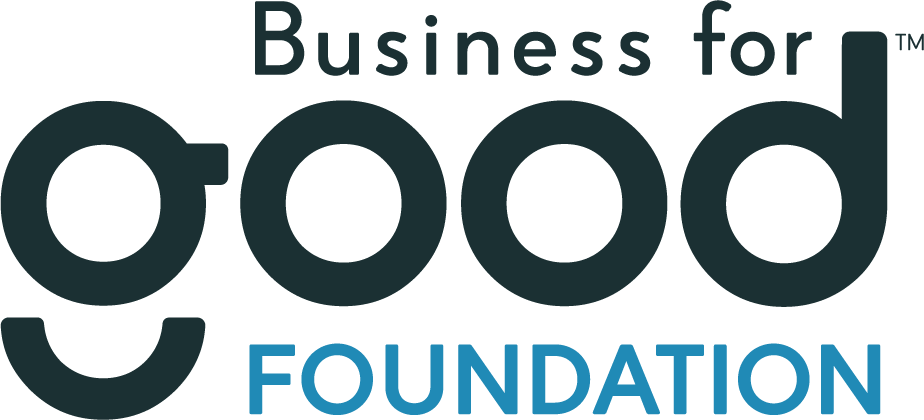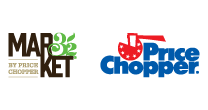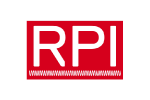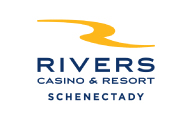News
April 28, 2020BST & Co. Outlines Steps, Documentation Process for Loan Forgiveness under the Paycheck Protection Program
BST & Co has compiled the following guide for small businesses to follow as they seek loan forgiveness for funding received as a result of the Paycheck Protection Program (PPP).
“If your business received funding through the first round of the Paycheck Protection Program, I’m sure you’re feeling a sense of relief. But the work is not done yet. It is critical that you take the proper steps to ensure that you’re spending these funds correctly and making all the necessary documentation along the way,” said BST & Co. Partner James A. Lozano. “We believe that banks will have more scrutiny come forgiveness time than during the application period. Having good, clean documentation for them to review at the time of forgiveness should make for an expedient response from your bank.”
Lozano recommends that small businesses take the following steps to help make the forgiveness process as simple as possible:
Make a plan.
Document a plan for how and when you will spend the PPP money. This plan does not need to be complex. It could be as simple as calendaring dates for payroll, rent or mortgage, and utilities over the next eight weeks. Remember that you only have eight weeks to spend this money – you do not want to get down to the last two weeks and be scrambling to properly allocate the funding.
Open a separate bank account for the PPP money or deposit the funds into an already existing account that is rarely used to disburse funds.
Intermingling the funds with your current operating account will make it slightly more difficult to prove to the bank that the PPP funds were specifically used for allowable expenses. If you separate these funds, you can transfer the money to your operating account when you are ready to utilize it for allowable expenses (payroll, rent, utilities and interest on mortgages). This will give you a very good audit trail to prove the money was only used in accordance with regulations.
Keep a log/spreadsheet on how much and when the money was spent.
Most companies have an accounting system with a general ledger that captures this information. If you document what you spend on the day you spend it, you will not have to dig through your general ledger after June 30, 2020. Remember the “forgiveness period” begins the day you receive your PPP funding, but you likely cannot ask for your forgiveness until after June 30 when the PPP ends.
Make copies of allowable expenses paid now.
The PPP currently runs until June 30, 2020, but the time frame for you to capture your forgivable portion of the loan is eight weeks from the day you received your funding. Rather than going back through your records after June 30, make copies of allowable disbursements and payroll reports now and store them in a “forgiveness folder.” Combining these copies with the above-mentioned spreadsheet will make a good documentation package for your bank.
Establish a special cutoff day for last payroll.
Once the eight-week period starts, its ending may not coincide with one of your normal payroll dates. In an effort to make things simpler when submitting records for forgiveness, ask your payroll company to do a special payroll run that begins the day after your previous payroll and concludes on the last day within your eight-week forgiveness period. This will also give you a chance to request forgiveness on any last-minute payroll items, such as bonuses or commissions.
For more information about the Paycheck Protection Program and other business relief funding and programs available as a result of the COVID-19 pandemic, visit www.bstco.com.


























